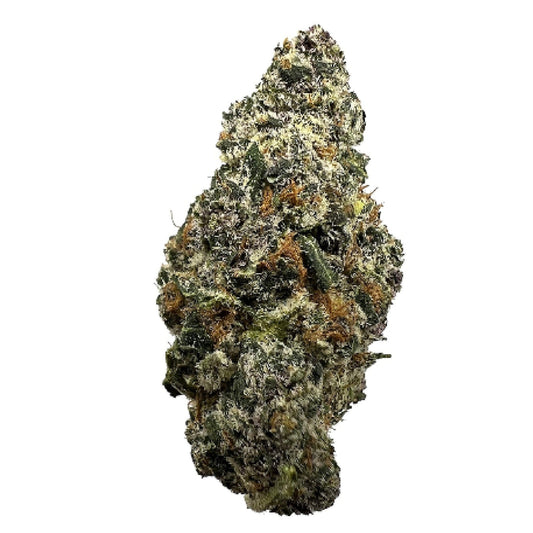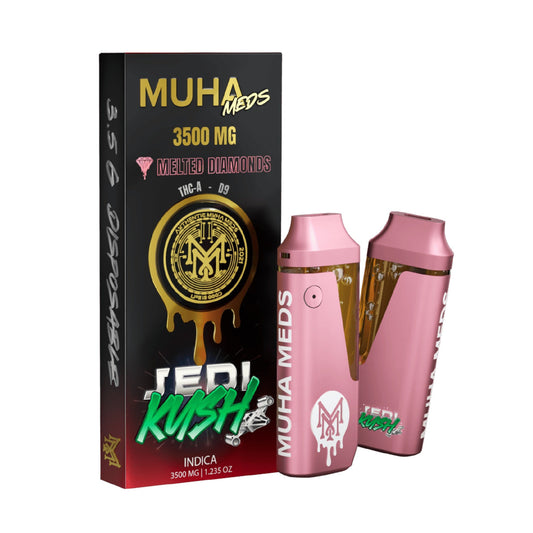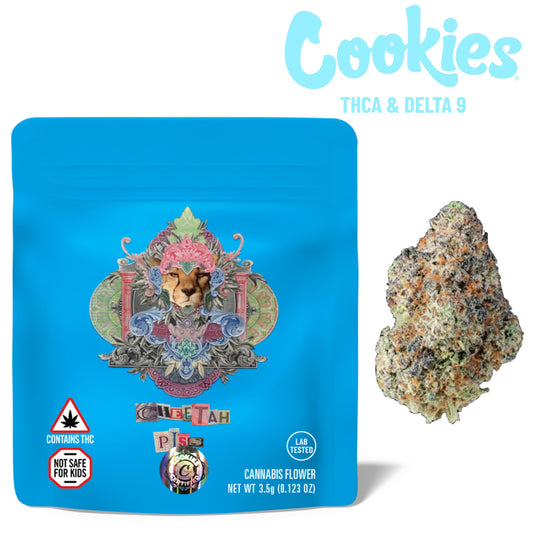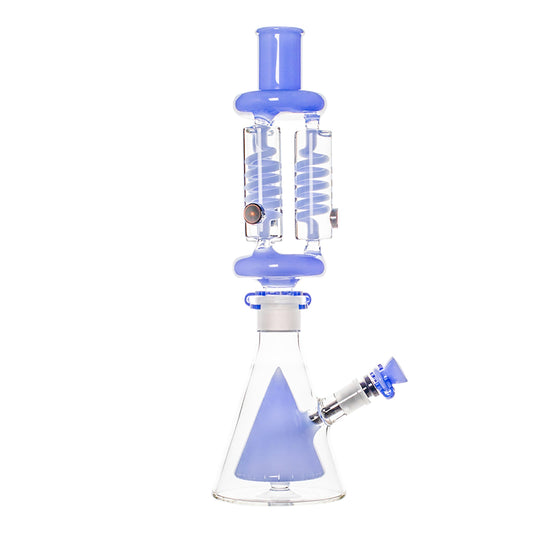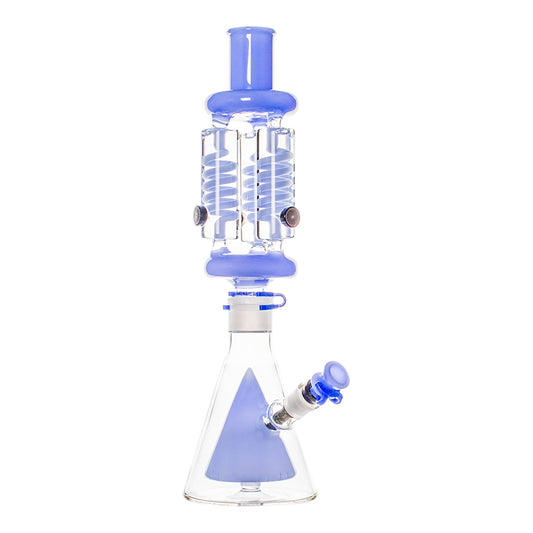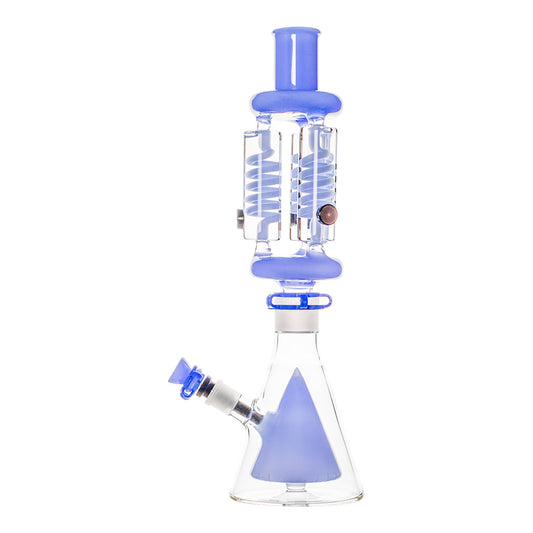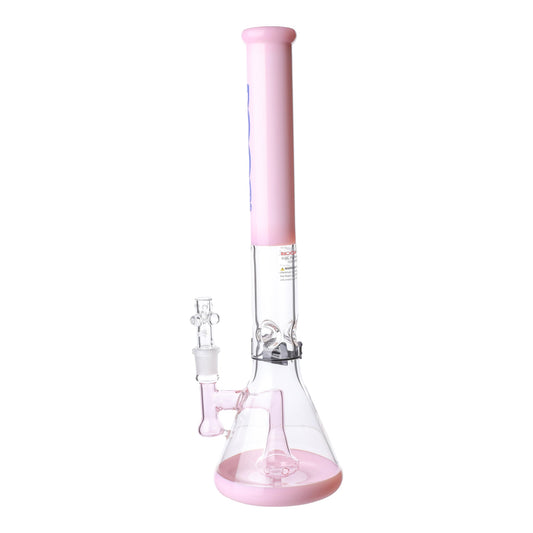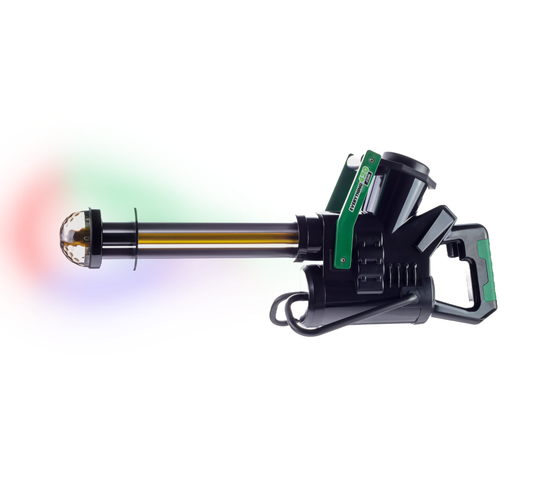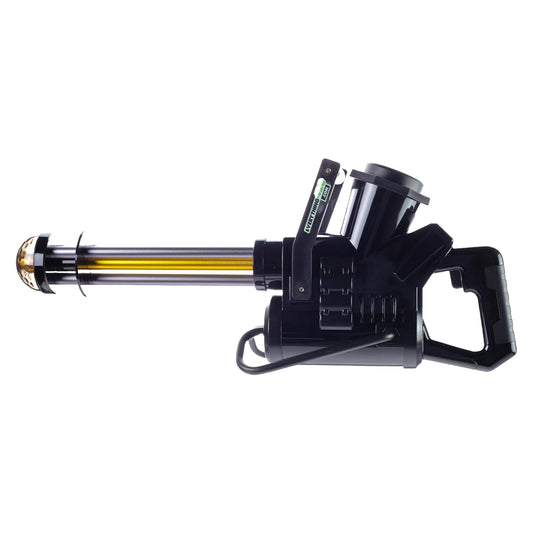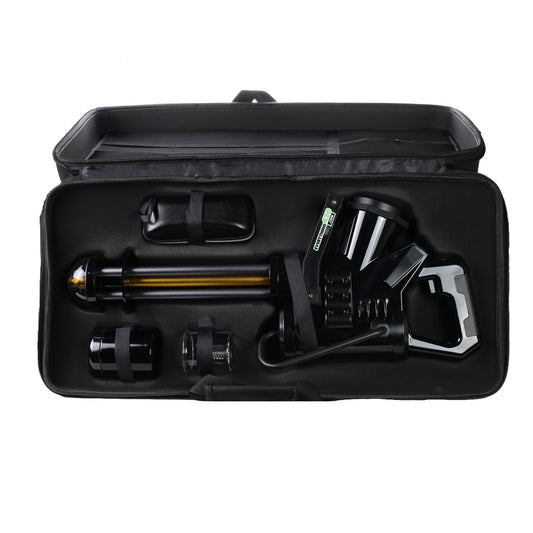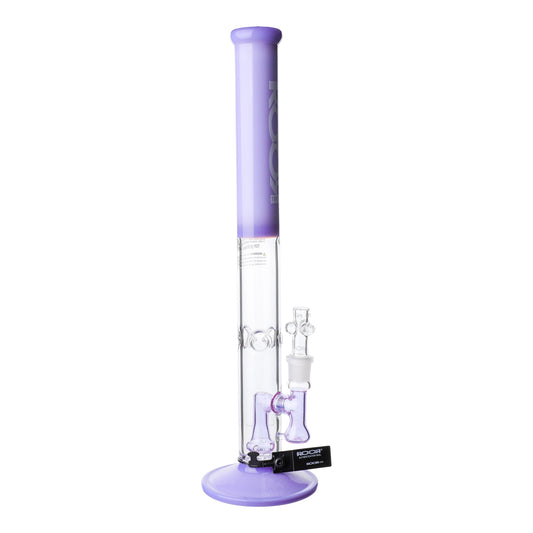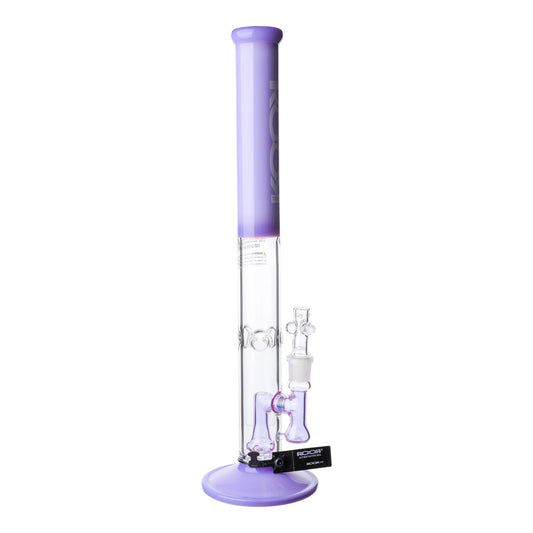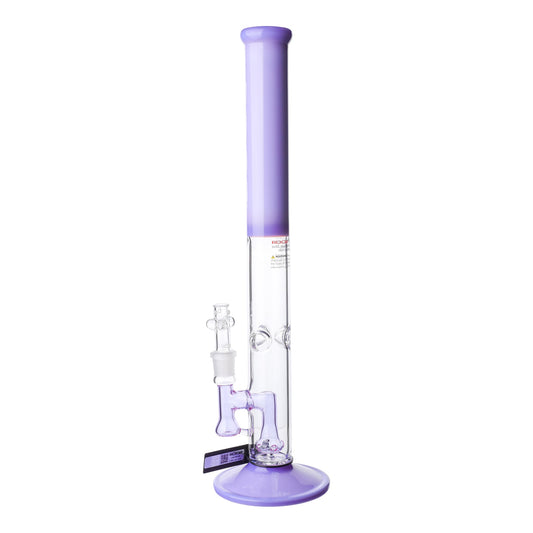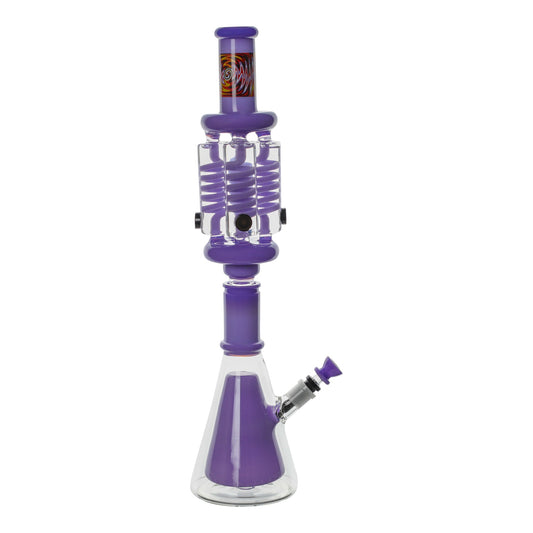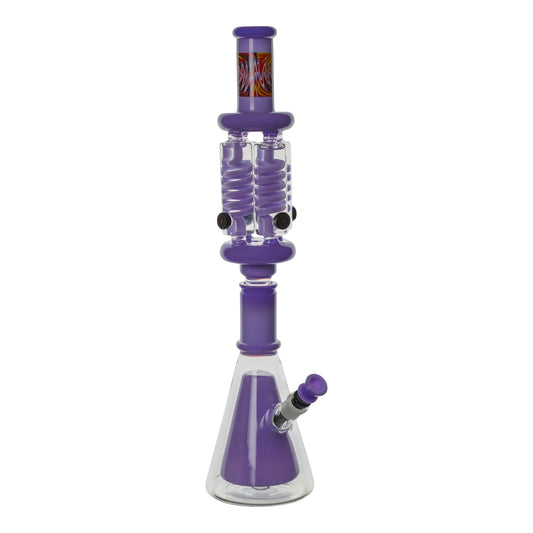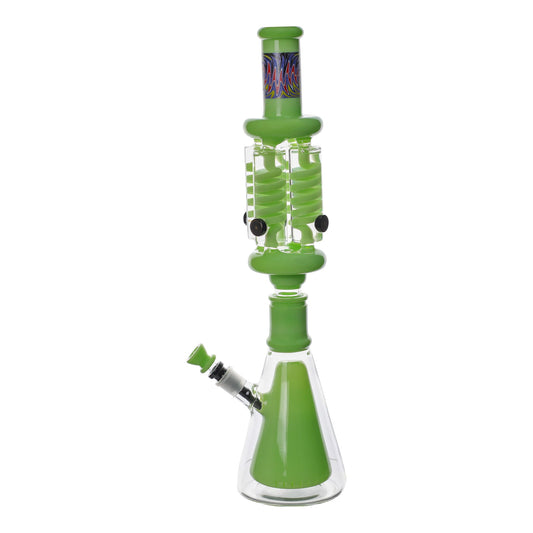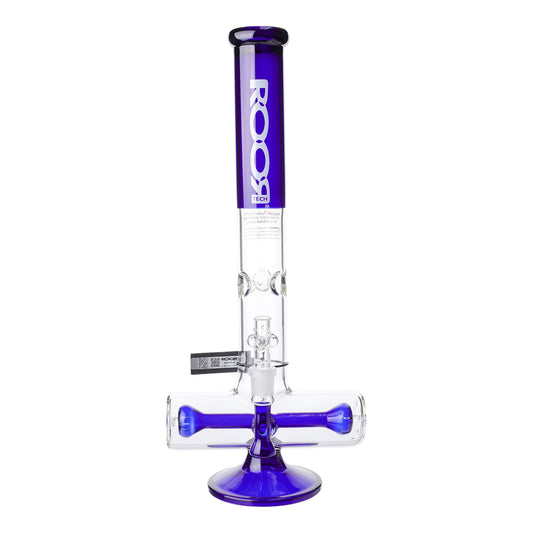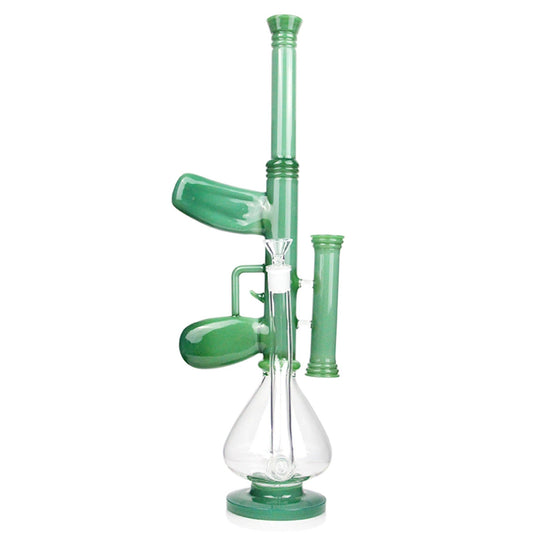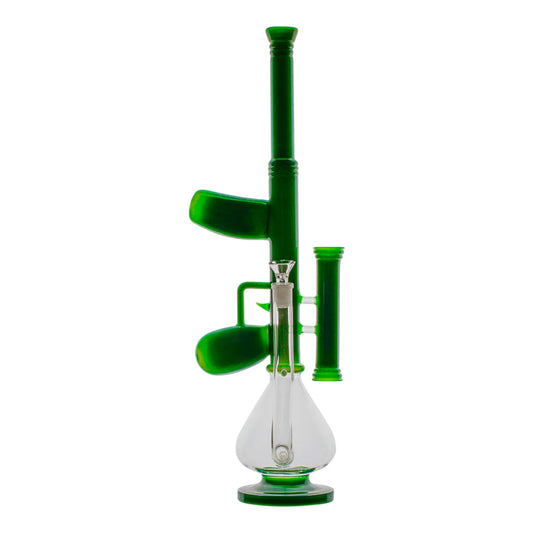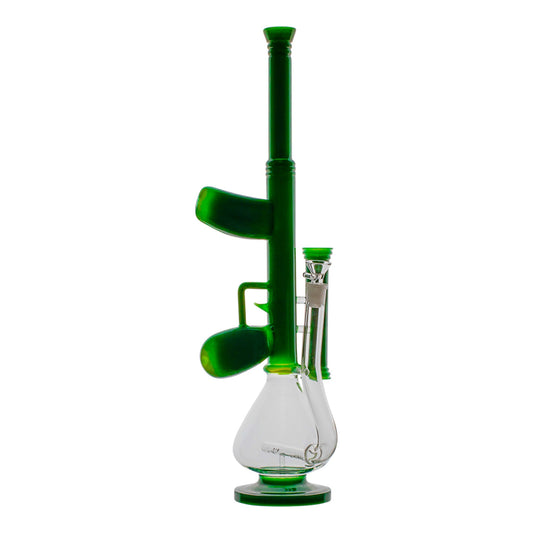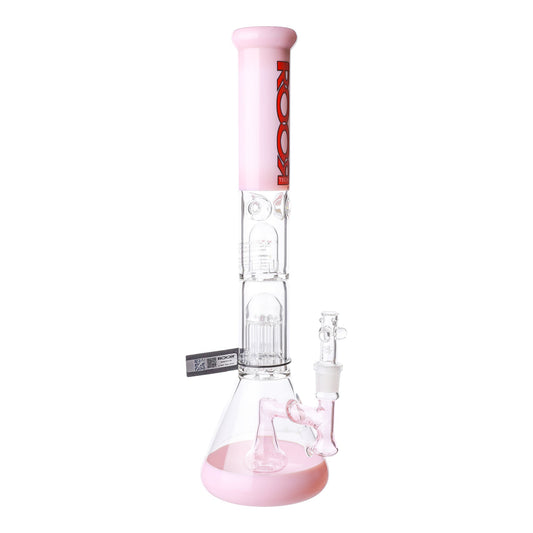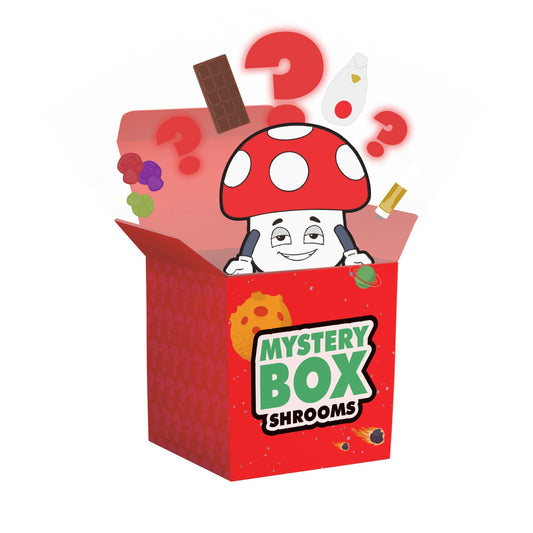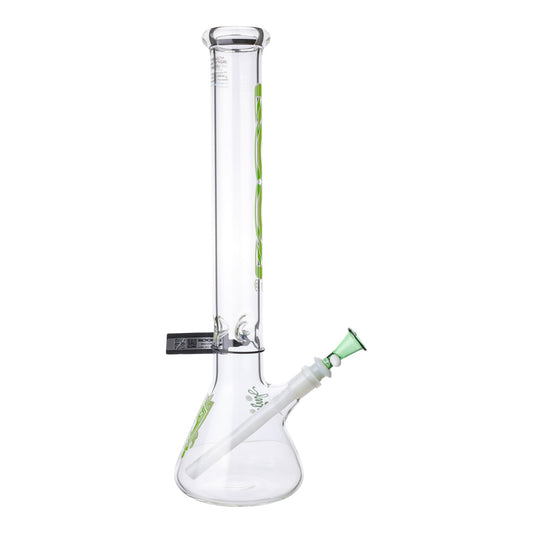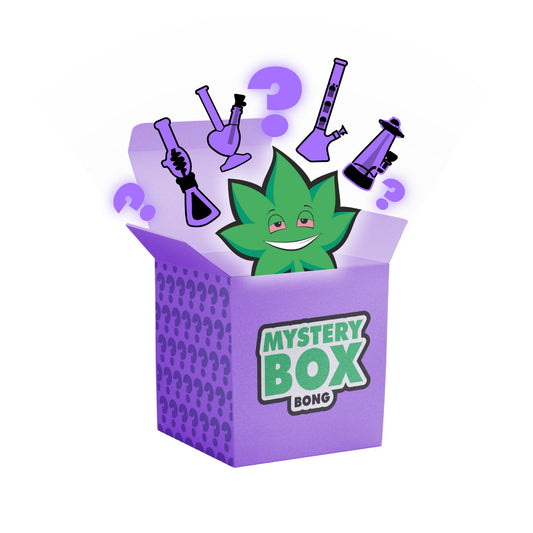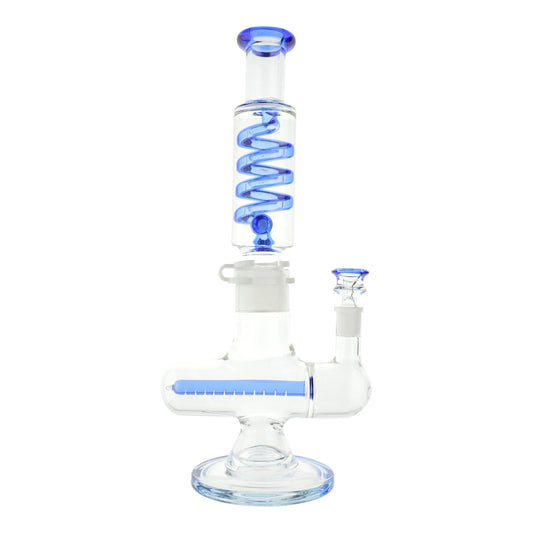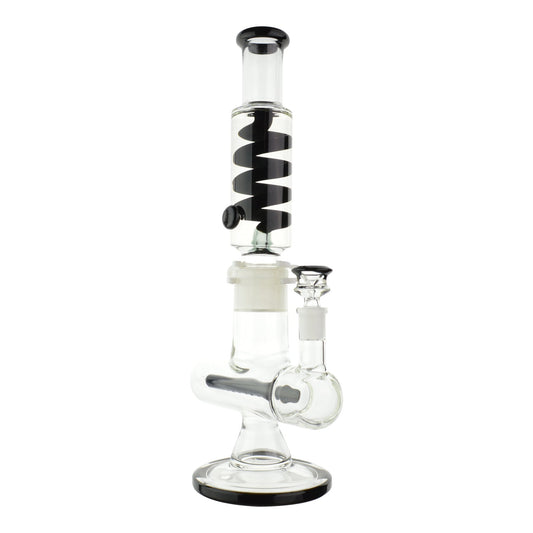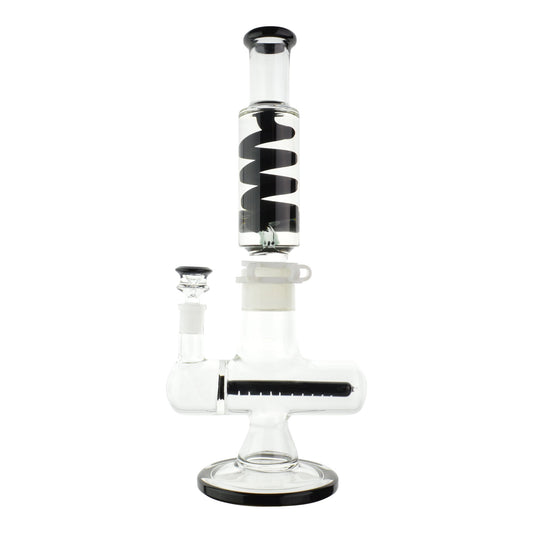In the past, many 420 smokers simply wanted to get as high as humanly possible and had no desire in learning about the complexity of the plant, how it’s grown, and how the flavor, scent, and effects are produced. With loosened regulations regarding herb, more and more 420 enthusiasts are growing their own crops at home and are interested in peeling back the layers and truly understanding the ins and outs of growing, enjoying, and smoking the green goddess. Novice cultivators soon find out that they love growing and partaking in a specific strain, but when they try to grow it a second time around, the flowers look nothing like they did the first time. The purplish tinge of the dense buds is gone and the flower is now long instead. Did the seed bank mix up the bags and give you the wrong strain? No, they didn’t. This variability in physical appearance is natural, common, and completely normal. Let’s take a deep dive into phenotypes to understand why this phenomenon occurs, how it affects a strain, and the difference between genotypes, chemotypes, and phenotypes of plants.
What is a phenotype?
Explained as simply as possible, a phenotype is the outward, or external visual expression of a plant’s genetic makeup (genotype). The seeds of a female plant will all have similar genes from the parent plants, however each seed is its own phenotype and will display traits that are unique from its mother, father, and siblings. Also referred to as pheno, the phenotype of a plant will vary widely depending not only on its genetics, but also the environment it’s grown in. Various environmental factors will activate or inhibit the external expression of certain genes. This is why cannabis seeds from the same strain and even the same plant will express different traits depending on where and how it’s grown. A seed grown in an indoor setup will have a different phenotype than a seed of the same strain grown outdoors, or even two seeds grown indoors, but under different lighting conditions. Isn’t nature crazy!
How are phenotypes used by cultivators?
Both commercial cultivators and hobbyists utilize phenotypes. Growers will start by planting, harvesting, and testing the flower from many seeds of the same strain to check for the most sought after physical expressions. They’re typically looking for the best combination of yield, potency, the density of the buds, color, and flavor, however other traits may also be preferred by cultivators. The ones with the best mix of physical characteristics (the best phenotype) will be used to produce clones for future crops or for mass production if growing on the commercial level. This ensures the best phenotype of a specific strain is used.

Phenotypes, genotypes, and chemotypes
A few other important terms that you may have come across are genotypes and chemotypes. The genotype holds the entire spectrum of possible physical traits that could be expressed, while phenotypes refer to the visible traits that are actually expressed. For example, the genotype may allow for lots of resin production and bluish flowers, or medium to low resin production and normal green buds. Once the plant matures and the flowers produce their physical traits, its phenotype may be high resin production, but no bluish-colored buds for example. Chemotypes are less well known by home growers, but are actually very important to understand, especially for those growing for medicinal purposes. Chemotypes refer to the chemical composition of the plant, or the cannabinoid makeup (THC vs CBD). The genotype, chemotype, and phenotype are all important to know about if you grow plants at home. This is a more in-depth explanation of each term:
What is the “phenotypes formula”?
The phenotype formula is a way to understand the basic principles of phenotypes. The simple equation is: (the plant’s genotype + the environment) + the way the genotype interacts with the environment = phenotype. It’s an easy way to remember that the physical traits of an herb plant aren’t based on genetics alone, but also that certain genetic codes are expressed or inhibited by environmental conditions.
What are environmental influences on plant phenotypes?
Almost any kind of difference in the environment can have an effect on a phenotype strain. For example, it’s impossible to have constant conditions when growing outside, so there’s no way to replicate the same phenotype. Indoor setups with various wattages or a different light setting will also produce various phenos, as will a normal indoor setup vs a hydroponic setup. This is why it’s important to purchase quality grow equipment that will last and won’t break in the middle of a grow, altering the phenotype. A few of the most common environmental influences on phenotypes include:
- Light - Wattage, the number of lights, the height of the lights, and the light settings and light cycle will all have a direct effect on phenotypes.
- Air - Temperature, ventilation, and air circulation are key environmental factors.
- Water - The temperature, density, and minerals or other additives like fluoride or chlorine are important factors to consider.
- Nutrients - Nutrients are crucial to healthy herb plants and a large yield. Stick with the same brand and ratio at certain times in the life cycle if you want to replicate phenotypes.
What is pheno hunting?
Typically done by advanced cultivators and breeders, pheno hunting is the act of quickly going through the genetic makeup in a search for desired physical traits such as potency, yield, or the average size of the plant. These sought after characteristics often change from crop to crop based on the grow space, season, and what’s selling or sought after at the moment. Depending on the situation, pheno hunters will grow many seeds from a specific strain or a bunch of seeds from many different strains, hunt for certain desired traits in each plant, and clone them. When absolutely set on growing a specific strain, breeders will sow a bunch of seeds that came from the same mother plant to narrow down variability and select the absolute best genetics and characteristics the strain is able to produce. When a certain combination of traits is encountered in a single plant, a cutting is taken and the cloned plant can be grown again and again.
While this is pheno hunting at its most basic form, advanced breeders and home growers can take the process one step further. Once a plant with several key traits is found, breeders will allow it to produce seeds with another plant that has a set of different, but also desired traits. This not only allows for more genetic diversity (and in turn more variability in phenotype), it also allows for the possibility of some absolutely amazing phenotypes. To reduce variability, breeders will use a technique called backcrossing to stabilize the sought-after characteristics. A few of the most desired physical characteristics that pheno hunters are searching for include the plant’s size, average yield, average flower size, resin production, the plant’s color, flavor and effects of the final product, and the plant’s resistance to disease and pests. Pheno hunting is done naturally and there’s no way to “create” new traits that aren’t already within the genetic code of the plant, so forget trying to grow a monster 50-foot tree, a bright red plant, or a plant that produces just a few leaves and is almost all flowers. It can’t happen.
How to pheno hunt: step-by-step guide
Best suited for 420 cultivators with at least a few grows under their belt, pheno hunting will help you decide which specific plants to grow based on what characteristics and traits are most desired. To pheno hunt, growers will need a large space that can accommodate at least two crops. Since many seeds need to be grown at once and clones will be taken, this method can’t be done in very small grow spaces. Pheno hunting also takes a long time to do since each plant needs to grow to maturity and it often takes commercial growers three rounds to find the pheno they’re looking for. Expect the process to be at least 9 months total with harvesting, drying, and curing, added to that time. Also keep in mind that you can not use autoflower seeds when pheno hunting as they are unable to be cloned. Follow these steps to find your dream phenotypes!
Materials
- Two lighting systems
- Two large grow tents with ventilation and fan
- Soil
- Nutrients
- Extra pots (you’ll want to grow at least 12 plants and grow clones of each)
- 12 or more photoperiod seeds (regular seeds) of the same strain
- Razor or sharp knife
- Rooting hormone
- Root cube or rockwool
- Some way to label the plants such as wooden popsicle sticks and a permanent marker
- Grow journal or grow app
Step-by-step guide to pheno hunting
- Set up the grow space - Since you’ll be growing a minimum of 24 plants at a single time (12 mother plants and 12 clones), you will need to make a few tweaks to your grow space, splitting it in two, and expanding it to fit all the pots. This will also include getting a second or even third lighting system to be sure all the plants have adequate light to thrive. Be sure that all the pots are able to fit inside the grow space and that there is enough air circulation and ventilation as well. You’ll probably also need to pick up extra nutrients to feed all the new seedlings and clones.
- Label and sow the seeds - It’s crucial to label and keep track of each seed in order to properly hunt for that dream pheno. You can use seeds from various strains, however it’s easier for those new to the technique to first start out with seeds from the same strain. Label the seeds either by writing on a tag tied to the pot with a string or by labeling a popsicle stick with a permanent marker. This will allow you to move the labels or tags when you transplant the seedlings into bigger pots. You can find wooden popsicle sticks for cheap at a dollar store. If growing different strains, just put an abbreviation of the name. If growing seeds of the same strain such as the popular Girl Scout Cookies, label them as GSC1a, GSC2a, GSC3a, and so forth. In the second round, you’ll need to change the “a” to “b” to signify which plant the cone came from. If cloning the clones, the “b” will be swapped out for a “c”.
- Take a clone - For the first round, germinate the seeds and allow the seedlings to grow for roughly 4 to 6 weeks as usual. At this point, they should have developed “true” leaves. If any plants are ill or do not look healthy, they’ll need to be removed from the bunch. Create labels for each of the clones you’re able to take following the labeling method in step 2 and set them out for easy access. Take a cutting from each of the healthy plants and immediately attach the correct label. Do this by using a sanitized razor blade or sharp scissors and making a clean cut on a healthy branch that’s at least six inches long and has at least two nodes. Dip the cut end directly into water and then the rooting hormone before placing it in a rooting medium like rockwool or a root cube. Don’t forget to add the label! Now you have exact genetic copies of each of the mother plants and if grown under the same conditions, they should have similar phenotypes. You can now allow the mother plants to grow as usual to view their physical traits and experiment with the clones. Some experiments pheno hunters do with cloned plants include changing the temperature, seeing how well the plants can be trained, or exposing them to disease or pests to view how tolerant they are.
- Grow the clones and flower the mother plants - The clones need to be grown separately from the mother plants, so a second grow space with lighting and ventilation is needed. At this point, you have double the number of plants that you originally started with. This is why it’s crucial to have at least a few grows behind you before attempting to pheno hunt. The mother plants should be ready to flower at this point, so you’ll soon be able to sample the flavor and effects of each plant’s dry herb. Change the lighting schedule to 12 hours of darkness and 12 hours of light to force them into the flowering stage, while keeping the clones in the vegetative stage. If you haven’t already, keep a grow journal starting with data and ratings for each of the mother plants to stay organized. Once the mother plants begin to bud, the clones should have had sufficient time to recover from the cutting and can be experimented with by exposing them to various stressors as mentioned in step 3.
- Remove the males - Like any grow using regular photoperiod seeds, there will be male plants that need to be removed and discarded since they do not produce flowers and will make the females seed. As soon as the light cycle for the mother plants has been changed to the 12:12 setting, keep a close eye on them and remove any male plants as soon as they are identified. Male plants will produce pollen sacs that are football shaped and form at the nodes. When a male plant is found, remove it immediately and also discard the corresponding clone.
- Hunt for desired characteristics - Now that the males are out of the picture, it’s time for the fun stuff. Dust off the grow journal you’ve been keeping and begin taking down observations about each of the mother plants as they begin to flower. You’ll want to monitor them regularly and keep track of their height, stretch, number of buds, size of the buds, aroma, color, level of resin production, flowering speed, resistance to disease, and any other traits that you would like to have in a crop and the final product. For some, a small plant that’s fast to flower may be the most desired due to lower costs, shorter grow time, and the smaller grow space required. For others, it may be all about finding the most potent flower possible coupled with an amazing flavor and certain effects. Pheno hunting all comes down to personal preference.
- Don’t forget about the clones! - Also keep an eye on the clones, which are in the vegetative stage of the life cycle. Jot down measurements and other characteristics of each of the clones in your grow journal or grow app. See how well suited they are to training, how they hold up to pests, how fast the veg time is, if they have heat or cold resistance, if certain clones require more or less nutrients and water than others, and how long the recovery time was after cloning them. All of these factors are important for cultivators and can help save them time, energy, and money in the long run in addition to producing an awesome final product.
- Test the flower - The essential (and most fun) step is to give the bud a taste test. That’s why cultivators grow herb plants in the first place, right? When the mother plants have been harvested and the flower is dried and cured, it’s time for a taste test. Open up the grow journal once more and log the various characteristics such as the total yield of the plant, the terpene profile (taste), the smoothness or harshness of the smoke, the aroma of the flower itself and the smoke, as well as the cerebral and physical effects. Give each mother plant a rating for each category and an overall rating that includes growth characteristics in addition to the desirability of the flower.
- Purge the undesirables - By now you should know what you are and aren’t looking for in a plant and its dry herb. Take a long look over your notes and make a shortlist of the best and worst plants based on your desired traits. Remember that this isn’t just about the properties of the flower, but also growing traits of the plant. Remove all the phenotypes that didn’t live up to your expectations as well as their corresponding clones. It can be heart wrenching to watch a plant you grew from a seed end up in the dumpster, so try to find a friend who also grows to make it more bearable.
- Clone, flower, and repeat - Your grow space is now filled with the best phenos for that specific strain. You’ll have much less plants at this point and you’ll need to create clones of the clones and separate them into a new grow space. This second wave of cuttings will have the same genetic makeup of the original mother plants and the same sought after traits! The original clones will now be ready to go into the flowering stage, while the new cuttings are in the veg tent. Once you try the flower from the cloned plants and compare it with the notes you have on the mother plants, you can determine if you have found your prized phenotype or if you want to continue to experiment with the newest group of cloned plants. Once your dream pheno is found, you can continue to clone it over and over again to retain its superior genetics and awesome physical characteristics. Just remember that the clone will need to grow in the exact same environmental conditions to have the same phenotype, despite containing the same genetic makeup.
Now that you know all about phenotypes, are you ready to go pheno hunting? Visit the EF420 online seed bank for affordable feminized cannabis seeds, autoflower seeds, grow tents and other grow equipment, as well as a huge range of high-end smoking products to test out your harvest.









